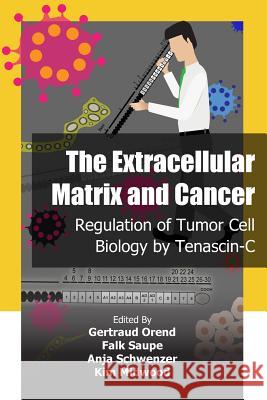The Extracellular Matrix and Cancer: Regulation of Tumor Cell Biology by Tenascin-C » książka
The Extracellular Matrix and Cancer: Regulation of Tumor Cell Biology by Tenascin-C
ISBN-13: 9781922227515 / Angielski / Miękka / 2014 / 148 str.
Cancer remains one of the biggest threats to our ever-increasing population; few lives remain untouched by this disease. An estimated 12.7 million new cases were diagnosed worldwide in 2008 and cancer caused an estimated 7.6 million deaths in the same year (IACR, 2008; WHO, 2008). Most of these deaths are a result of cancer that has spread from the original lesion to colonize a new site in the body; indeed metastatic cancers remain the most difficult to treat, with the worst prognoses.
Prompted by the observation that different cancers actually spread to very specific and often very distinct secondary sites, Paget first proposed his 'seed and soil' hypothesis to explain this phenomenon over a century ago. His paper highlighted for the first time the importance of the environment or 'the soil' in supporting the dissemination of cancer cells, 'the seed'. Since then an army of researchers around the globe have begun to investigate in greater mechanistic detail precisely how the environment of, not only the metastatic cancer cell, but also the primary cancer cell, dictates disease pathogenesis. Their discoveries have shed light on how the extracellular matrix surrounding and supporting cancer cells is key to driving cancer progression.
Here we focus on the progress in our understanding of how one component of the tumor soil, tenascin-C, is responsible for promoting the survival of primary tumor cells. We also review data that reveal a new role for tenascin-C in promoting tumor angiogenesis and enabling the migrating metastatic cancer cell to thrive at secondary tumor sites. Finally, we highlight how this work has opened the door for a variety of new therapeutic interventions that may help to treat cancer.











